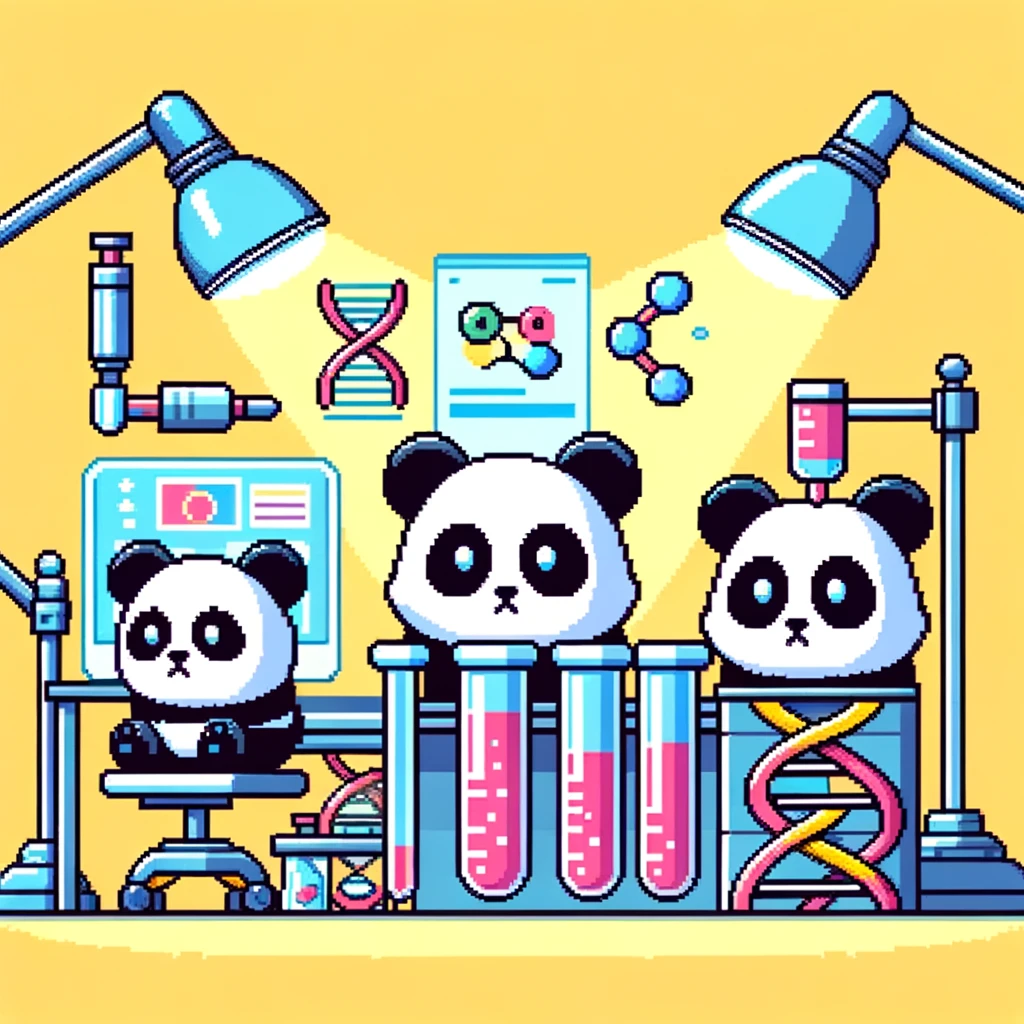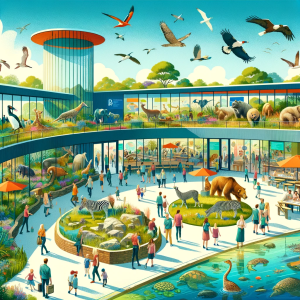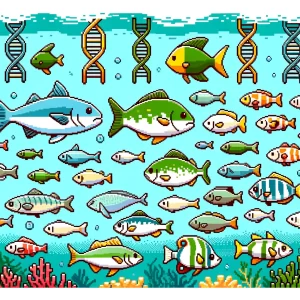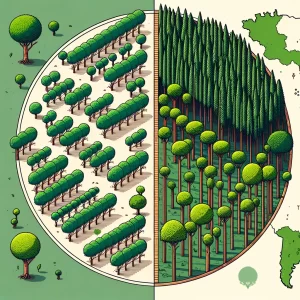
Reviving the Future: Cloning and Conservation in the 21st Century
The realm of cloning, often nestled within the pages of science fiction, is rapidly becoming a vital tool in our urgent battle to preserve Earth’s dwindling biodiversity. In the insightful article, Cloning for the Twenty-First Century and Its Place in Endangered Species Conservation we find a treasure trove of knowledge that unravels the complex tapestry of cloning as it intertwines with the conservation of endangered species.
Understanding Cloning: More Than Just Science Fiction
At its core, cloning refers to creating genetically identical individuals. While many associate cloning with somatic cell nuclear transfer (SCNT) – the technique that famously created Dolly the sheep – the field is much broader. It encompasses methods like embryo splitting, parthenogenesis (natural cloning in certain animals), and advanced techniques involving induced pluripotent stem cells (iPSCs).

The Dire Need for Conservation
Our planet faces a biodiversity crisis, with countless species teetering on the brink of extinction due to human activities like habitat destruction, climate change, and overexploitation. Here, cloning offers a glimmer of hope. It’s not just about bringing back extinct species but bolstering the genetic diversity of those barely hanging on. The use of cloning in strategic breeding programs can aid in the recovery and sustainability of endangered species.
The Ethical Maze of Cloning
Cloning is not straightforward. It raises a multitude of ethical, technical, and ecological questions. For instance, should we focus on cloning endangered species or on habitat preservation and restoration? Also, there’s the matter of animal welfare. Cloned animals often face health issues, and the success rate of cloning techniques, particularly SCNT, remains relatively low.
Practical Applications and Limitations
The practicality of cloning in conservation is a complex puzzle. It’s not just about the cloning process itself. Still, it involves a deep understanding of the reproductive biology of different species, the sourcing of biomaterials for cloning, and the challenges of embryo development. Additionally, there’s the matter of finding suitable surrogate mothers and navigating the genetic implications of mitochondrial DNA transfer.
The Promise and Peril of De-Extinction
De-extinction, or the process of bringing back extinct species, is a captivating but contentious topic. While it has the potential to restore lost ecosystems and biodiversity, it also raises significant ecological, ethical, and practical questions. Should resources be funneled into resurrecting the dodo when living species like the vaquita are nearly extinct?
Looking Ahead: Aligning Cloning with Conservation
Cloning, as part of a broader conservation strategy, offers significant potential. But it must be approached with caution, transparency, and ethical consideration. The focus should perhaps be more on using cloning to augment the genetic diversity of existing endangered species rather than bringing back those we’ve lost.
Unlock the Secrets of Science:
Get ready to unlock the secrets of science with ‘This Week in Science’! Our newsletter, designed specifically for educators and science aficionados, delivers a weekly digest of revolutionary research, innovative discoveries, and motivational tales from the scientific frontier. Subscribing is your key to a treasure trove of insights that can revolutionize your approach to teaching and learning science. Sign up today at no cost and start a journey that deepens your understanding and passion for science.



